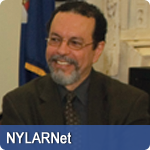Teru Kuwayama B.A. '93
Activist With a Camera
By Carol Olechowski
With only a camera and a photographer’s keen perception, Teru Kuwayama records history in the making.
As a freelancer for Time, Newsweek and other publications, he has journeyed to Afghanistan, Pakistan and Iraq 15 to 20 times, “probably half the time embedded with U.S. and NATO forces; the other half, solo or with an aid organization.” Wherever he goes, Kuwayama, who has also traveled extensively in India and Kashmir, captures images of humanity – and inhumanity – many of us would otherwise never see.
“In years past,” observed the New York City native, “I was more of a traveler with a camera.” His work, however, has “made the journalism aspect of my career more central. I’m not interested in producing compositions of tragedies; I want to unravel them and work toward solutions. But, on some level, I’ve probably crossed a line from being a journalist to more of an activist.”
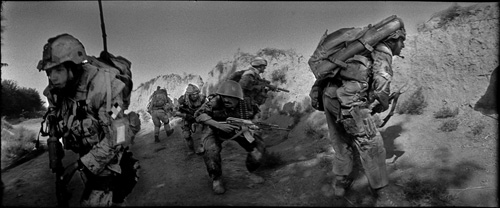
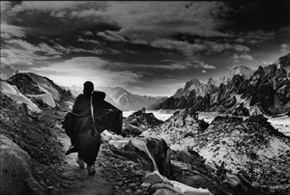
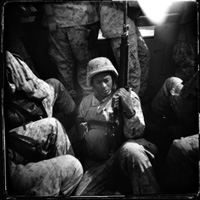
Activist or journalist, Kuwayama arrived at Albany with no career goals “at all.” His father, a painter, had “done some photography when I was a kid,” in the “pre-digital, black-and-white, analog era,” so Kuwayama did have a rudimentary knowledge of “the mechanics of cameras and darkrooms.” Despite a professed lack of interest in photography, he joined the Student Photo Service. “I went by the office one day to meet a friend, and they happened to be holding an interest meeting. While I was waiting, I filled out the form, just to be polite. I didn’t have any intention of joining, but as it turned out, I was the only one in the room who knew the difference between a shutter speed and an aperture, so I was recruited. A year later, I ran the place.”
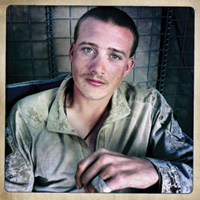
His first assignment – photographing a ticket for an ASP story about parking policies – went well. But during the second, which called for Kuwayama to “batch develop a week’s worth of film for everyone else’s assignments, I ruined everyone’s film. It wasn’t a very auspicious start.” Things improved, however, as he began photographing “sports, fashion, portraits, news, music, architecture, landscapes, parties, and anything and everything else. But the most basic thematic thread that interested me was life around me, and the people I encountered.”
Kuwayama was also an intern for Gary Gold, B.S.’70. The professional photographer “was really important to me and to many others who passed through Albany. He was sort of a mentor, patron saint and bail bondsman, all rolled into one,” noted Kuwayama.
"I'm not interested in producing compositions of tragedies; I want to unravel them and work toward solutions."
After receiving his bachelor’s degree in art, Kuwayama remained in Albany and freelanced for the weekly Metroland, supplementing his income by washing dishes at a Mexican restaurant. When he moved back to New York, he did construction, worked in a type shop, filed slides at a photojournalism agency, and “did darkroom work for people who actually had careers as ‘working photographers.’ I’ve never had a staff job anywhere. Freelancing wasn’t a decision; it was just what was available to me.”
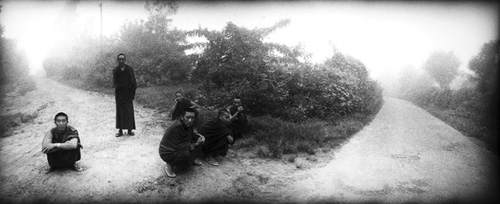
For his Fall 2010 project, Basetrack (www.basetrack.org or www.facebook.com/basetrack), Kuwayama employed “photography and social media, tactically and strategically,” in an attempt “to inject Afghanistan deeper into the public consciousness. The intention is to use photographs to draw viewers into contact with unfamiliar ideas and sources of information. I’m not trying to convey a specific message so much as I’m trying to disrupt a disconnect between the American people and the longest war in U.S. history. If we’re going to spend $100 billion a year on a decade-long war and deploy 100,000 troops to the other side of the planet, we should do it with a lot more thought and consideration than we have so far.”
For the time being, at least, Kuwayama will continue to cover the “conflicted regions and crisis situations” he documents so well. “I have no idea what’s around the corner, or what I’ll be doing a year from now. I’m ready to move on, but I’m also deeply invested in what’s become a very personal story.”
- UAlbany Magazine
Spring 2011 - Cover Story
- Features
- Departments
- Archives
-
Download the PDF
Spring 2011 issue
(includes the Carillon)

